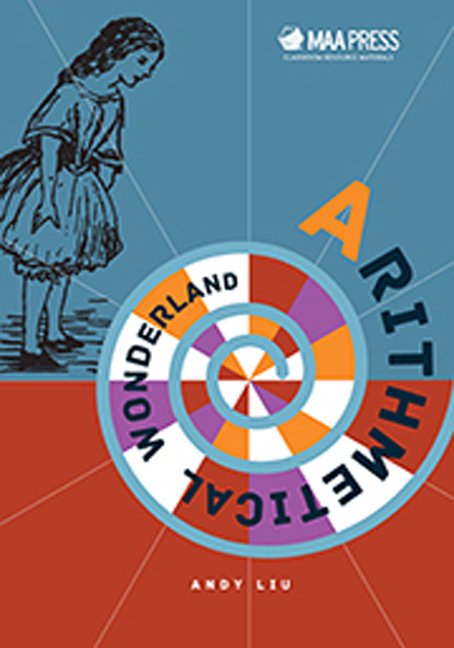Book contents
- Frontmatter
- Contents
- Preface to a Preliminary Edition
- Introduction
- 0 Review of Arithmetic
- 1 Divisibility
- 2 Congruence
- 3 Common Divisors and Multiples
- 4 Linear Diophantine Equations
- 5 Prime Factorizations
- 6 Rational and Irrational Numbers
- 7 Numeration Systems
- Appendix A Legacy of Martin Gardner
- Solution to Odd-numbered Exercises
- Index
- About the Author
Appendix - A Legacy of Martin Gardner
- Frontmatter
- Contents
- Preface to a Preliminary Edition
- Introduction
- 0 Review of Arithmetic
- 1 Divisibility
- 2 Congruence
- 3 Common Divisors and Multiples
- 4 Linear Diophantine Equations
- 5 Prime Factorizations
- 6 Rational and Irrational Numbers
- 7 Numeration Systems
- Appendix A Legacy of Martin Gardner
- Solution to Odd-numbered Exercises
- Index
- About the Author
Summary
Martin Gardner is famous, among other things, for his “Mathematical Games” columns in “Scientific American”, which ran for a quarter of a century. The columns can be read independently. They cover a great variety of topics. While he professed not to have been a mathematician, he did have a fine sense for what is beautiful in the subject. His writing is most inspiring, and opens up many avenues for readers, both old and young.
Later, the columns were anthologized and became chapters, in fifteen volumes. Unfortunately, since these books were put out by several publishers, they varied greatly in format. The Mathematical Association of America has packaged all of them into a compact disc, but maintaining the original format.
A new edition, published jointly by the Association and Cambridge University Press, will have uniform format and updated material. Three volumes were edited by Martin himself before his passing in 2010, but other volumes will continue to appear. Here are the titles.
Hexaflexagons, Probability Paradoxes, and the Tower of Hanoi.
Origami, Eleusis, and the Soma Cube.
Sphere Packing, Lewis Carroll, and Reversi.
Knots and Borromean Rings, Rep-Tiles, and Eight Queens.
Klein Bottles, Op-Art, and Sliding-Block Puzzles.
Sprouts, Hypercubes, and Superellipses.
Nothing and Everything, Polyominoes, and Game Theory.
Random Walks, Hyperspheres, and Palindromes.
Words, Numbers, and Combinatorics.
Wheels, Life, and Knotted Molecules.
Knotted Doughnuts, Napier Bones, and Gray Codes.
Tangrams, Tilings, and Time Travel.
Penrose Tiles, Trapdoor Ciphers, and the Oulipo.
Fractal Music, Hypercards, and Chaitin's Omega.
Hydras, Eggs and Other Mathematical Mystifications.
- Type
- Chapter
- Information
- Arithmetical Wonderland , pp. 183 - 184Publisher: Mathematical Association of AmericaPrint publication year: 2015



